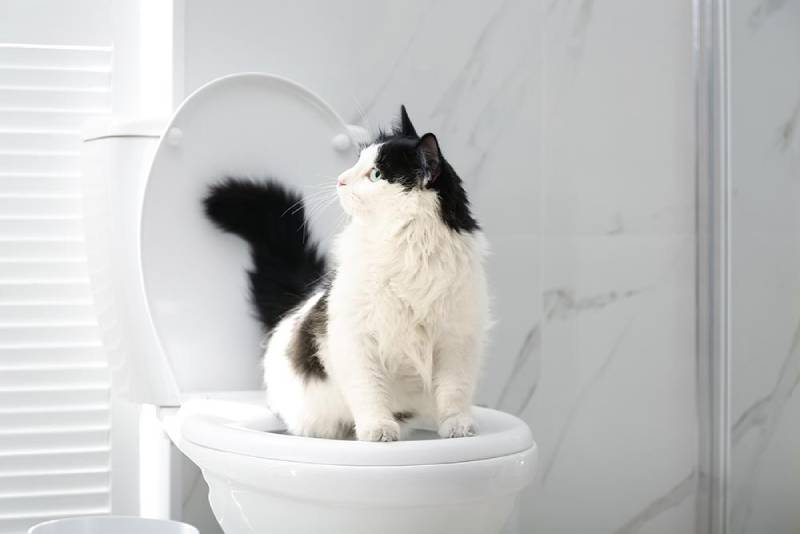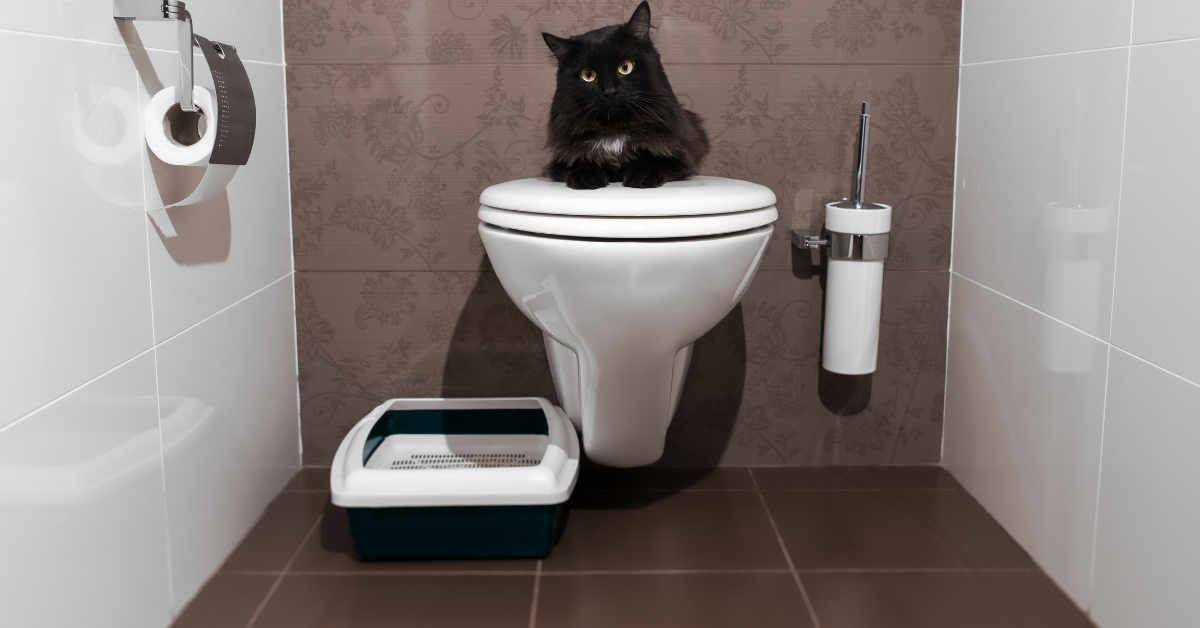What're your beliefs on How to Dispose of Cat Poop and Litter Without Plastic Bags?

Introduction
As cat proprietors, it's important to be mindful of how we deal with our feline friends' waste. While it might appear practical to flush cat poop down the toilet, this technique can have damaging repercussions for both the environment and human wellness.
Environmental Impact
Flushing pet cat poop introduces hazardous virus and bloodsuckers right into the supply of water, posing a substantial danger to aquatic ecological communities. These pollutants can negatively influence marine life and concession water high quality.
Health Risks
Along with ecological concerns, purging cat waste can additionally position health dangers to humans. Feline feces may consist of Toxoplasma gondii, a parasite that can cause toxoplasmosis-- a possibly severe health problem, particularly for expecting women and people with damaged immune systems.
Alternatives to Flushing
Luckily, there are safer and extra liable ways to take care of cat poop. Take into consideration the following options:
1. Scoop and Dispose in Trash
The most typical approach of dealing with feline poop is to scoop it into a naturally degradable bag and toss it in the garbage. Make sure to utilize a specialized clutter inside story and take care of the waste without delay.
2. Usage Biodegradable Litter
Go with eco-friendly pet cat trash made from products such as corn or wheat. These litters are environmentally friendly and can be safely disposed of in the trash.
3. Bury in the Yard
If you have a yard, consider burying pet cat waste in a marked location far from veggie gardens and water sources. Make certain to dig deep enough to prevent contamination of groundwater.
4. Mount a Pet Waste Disposal System
Buy an animal waste disposal system particularly designed for cat waste. These systems use enzymes to break down the waste, reducing smell and ecological effect.
Conclusion
Responsible pet dog possession extends past supplying food and shelter-- it also entails appropriate waste administration. By refraining from purging feline poop down the toilet and going with different disposal methods, we can decrease our environmental footprint and shield human health and wellness.
Why Can’t I Flush Cat Poop?
It Spreads a Parasite
Cats are frequently infected with a parasite called toxoplasma gondii. The parasite causes an infection called toxoplasmosis. It is usually harmless to cats. The parasite only uses cat poop as a host for its eggs. Otherwise, the cat’s immune system usually keeps the infection at low enough levels to maintain its own health. But it does not stop the develop of eggs. These eggs are tiny and surprisingly tough. They may survive for a year before they begin to grow. But that’s the problem.
Our wastewater system is not designed to deal with toxoplasmosis eggs. Instead, most eggs will flush from your toilet into sewers and wastewater management plants. After the sewage is treated for many other harmful things in it, it is typically released into local rivers, lakes, or oceans. Here, the toxoplasmosis eggs can find new hosts, including starfish, crabs, otters, and many other wildlife. For many, this is a significant risk to their health. Toxoplasmosis can also end up infecting water sources that are important for agriculture, which means our deer, pigs, and sheep can get infected too.
Is There Risk to Humans?
There can be a risk to human life from flushing cat poop down the toilet. If you do so, the parasites from your cat’s poop can end up in shellfish, game animals, or livestock. If this meat is then served raw or undercooked, the people who eat it can get sick.
In fact, according to the CDC, 40 million people in the United States are infected with toxoplasma gondii. They get it from exposure to infected seafood, or from some kind of cat poop contamination, like drinking from a stream that is contaminated or touching anything that has come into contact with cat poop. That includes just cleaning a cat litter box.
Most people who get infected with these parasites will not develop any symptoms. However, for pregnant women or for those with compromised immune systems, the parasite can cause severe health problems.
How to Handle Cat Poop
The best way to handle cat poop is actually to clean the box more often. The eggs that the parasite sheds will not become active until one to five days after the cat poops. That means that if you clean daily, you’re much less likely to come into direct contact with infectious eggs.
That said, always dispose of cat poop in the garbage and not down the toilet. Wash your hands before and after you clean the litter box, and bring the bag of poop right outside to your garbage bins.
https://trenchlesssolutionsusa.com/why-cant-i-flush-cat-poop/

Do you really like reading up on Don’t flush cat feces down the toilet? Post a remark directly below. We will be interested to see your ideas about this page. We hope that you visit us again in the near future. Are you aware of anybody else who is curious about How to Dispose of Cat Poop and Litter Without Plastic Bags? Please feel free to share it. I praise you for your time. Visit us again soon.
Information Here